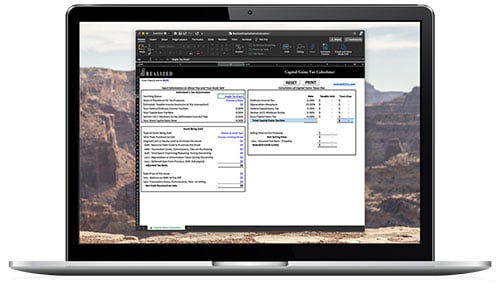
Navigating the intricacies of capital gains taxes can be particularly challenging for investment property owners, especially when it comes to agricultural equipment sales. Understanding these taxes is vital for anyone looking to sell their farm equipment, as it can significantly impact their financial outcomes.
What Are Capital Gains Taxes?
Capital gains taxes are levied on the profit from the sale of an asset. In the context of agricultural equipment, these are generally realized when equipment is sold for more than its adjusted basis—the original purchase price adjusted for improvements, depreciation, and transaction costs. The two types of capital gains are short-term, for assets held for less than a year, which are taxed as ordinary income, and long-term, for assets held for more than a year, typically taxed at lower rates.
Depreciation and Its Impact
Depreciation is a key factor in calculating capital gains on agricultural equipment. As equipment depreciates, the difference between the sale price and the depreciated value becomes crucial. If you sell equipment after it has been depreciated, you must report a gain if the sale price exceeds its adjusted depreciated value, known as depreciation recapture. This recaptured depreciation is taxed at ordinary income rates, which may be higher than capital gains rates.
Strategies to Manage Capital Gains Taxes
- Section 179 and Bonus Depreciation: Utilize tax provisions such as Section 179 and Bonus Depreciation, which allow for the immediate expensing of equipment costs. While these can mitigate upfront taxes, they increase the potential for higher capital gains taxes upon sale due to a lower adjusted basis.
- Like-Kind Exchanges: Historically, like-kind exchanges (under IRC Section 1031) have been a strategy to defer capital gains taxes by swapping similar types of property. However, since the Tax Cuts and Jobs Act of 2017, personal property such as farm equipment is no longer eligible for these exchanges, limiting this tactic to real estate.
- Installment Sales: Consider structuring the equipment sale as an installment sale. This method allows you to spread the capital gain over several years, potentially keeping you in a lower tax bracket and thereby reducing the overall tax burden.
- Gifting and Donations: Donating equipment to a qualified charitable organization can eliminate capital gains taxes while generating a charitable deduction, but this should be carefully planned with legal and tax advisors to fully benefit from the potential tax incentives.
- Consult a Tax Professional: With the complexities involved, it's wise to seek guidance from a tax professional familiar with agricultural equipment sales. They can ensure compliance and provide insights into strategies that align with your financial goals.
Conclusion
Capital gains taxes on the sale of agricultural equipment can significantly impact your bottom line. By understanding and planning for these taxes, you can make informed decisions that optimize your financial results. Whether through strategic tax planning or exploring different sales methods, there are paths to managing and potentially reducing this tax burden. Always remember to consult with a qualified tax advisor to navigate this landscape effectively and capitalize on the available strategies that are most suitable for your situation.


